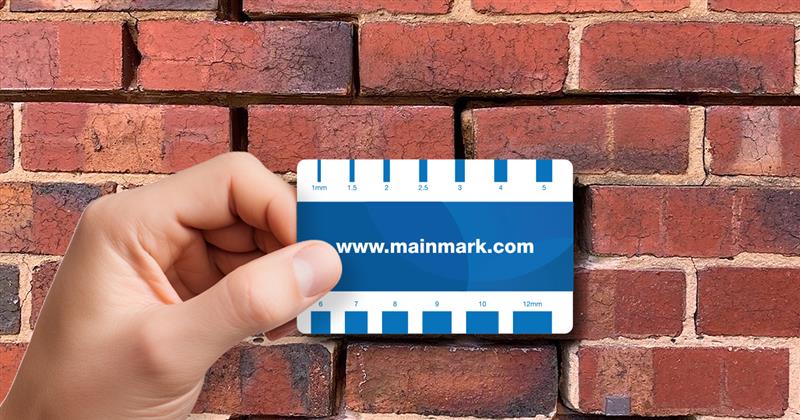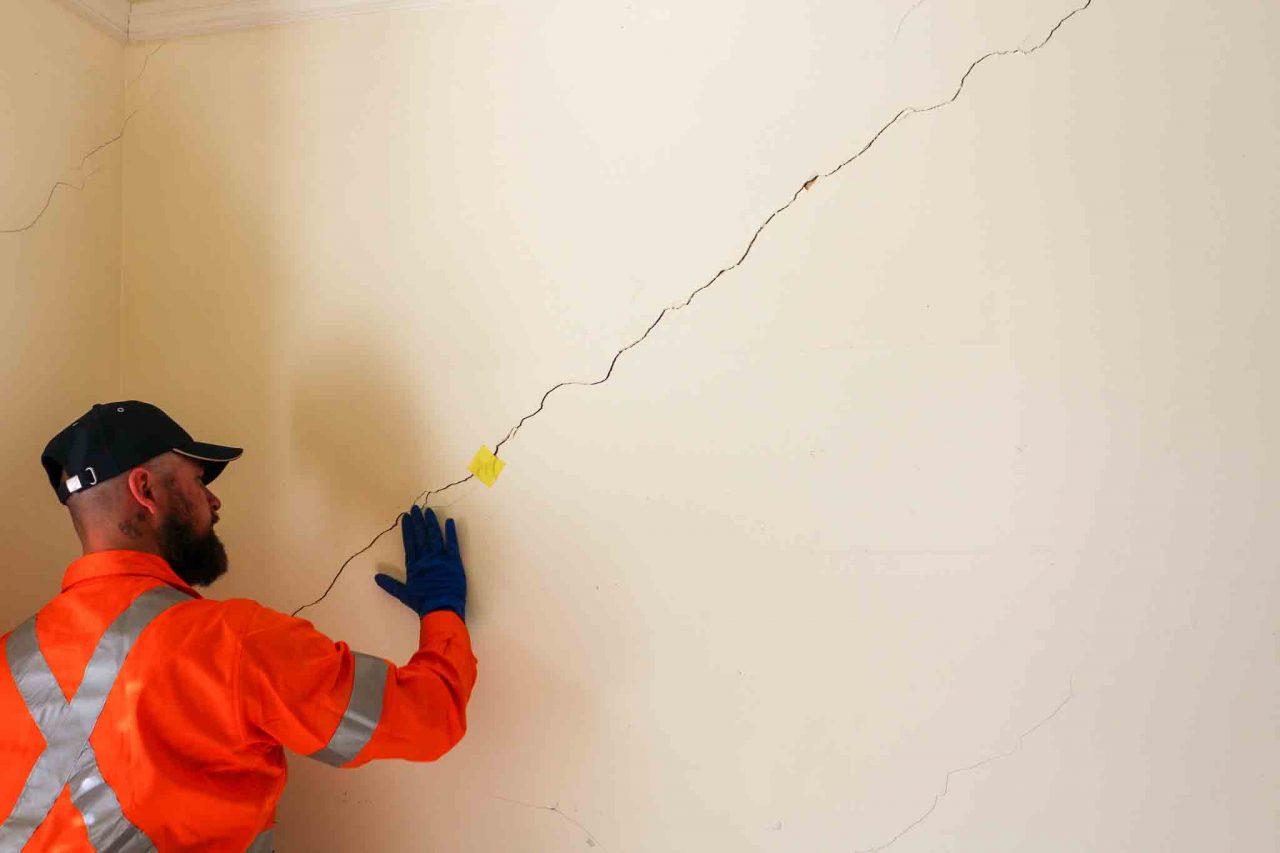
Subsidence
Should I Book a Subsidence Inspection?
If you have noticed any signs of subsidence around your home, or if you’re worried that your home is suffering from subsidence, it’s time to book a subsidence inspection.
Subsidence inspection are normally carried out by our team, who will look for signs of subsidence and check your house for any other issues. Structural engineers may also provide subsidence surveys and report on their findings.
Early detection and professional assessment are essential for diagnosing subsidence, and a survey will help you understand:
- The cause of the problem
- The extent of the problem
- How to preserve the structural integrity of your home
- How to minimise subsidence treatment and repair costs




































